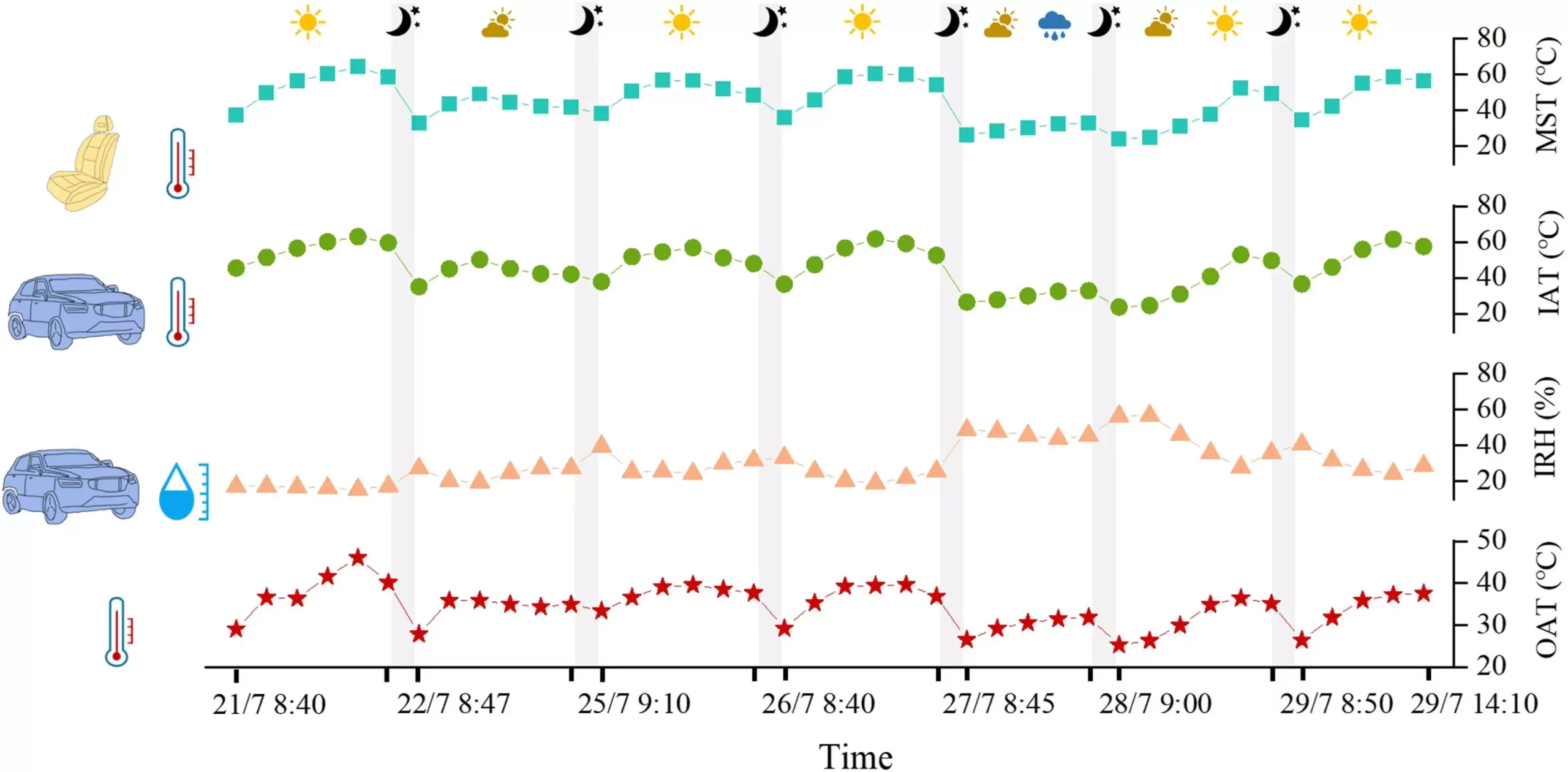The intoxicating scent of a new car, often nostalgically referred to as “new car smell,” has emerged as a selling point among consumers, attracting buyers with its promise of freshness and novelty. However, beneath this appealing aroma lies a concerning truth: the presence of volatile organic compounds (VOCs), including notorious chemicals like formaldehyde and acetaldehyde, which are potent contributors to indoor air pollution. A recent study conducted by researchers Jianyin Xiong, Shaodan Huang, and their colleagues has shed light on the concentrations of these hazardous substances, especially prevalent on scorching summer days when car interiors can heat up to stifling levels.
Unpacking the Risks
The effects of these VOCs on health can be both immediate and long-term, leading to various distressing symptoms, from headaches and dry cough to severe respiratory issues. It’s alarming to consider that what many perceive as a desirable experience in car ownership can translate to health risks that infiltrate our daily lives. The study’s findings reveal that levels of formaldehyde can soar beyond 200 µg/m³ in new vehicles, far surpassing the Chinese national concentration limit of 100 µg/m³. Similarly, the concentrations of acetaldehyde can reach levels of 140 µg/m³, exceeding the national limit and urging a critical examination of the air quality we inhabit while driving.
Climate Change Amplifying the Problem
As global temperatures rise due to climate change, the implications on in-car air quality become increasingly severe. The correlation between exterior heat and the release of VOCs is alarming; on particularly hot days, when ambient temperatures range from 25.3 °C to 46.1 °C (77.5 °F to 115 °F), interior surfaces reach elevated temperatures, triggering a surge in VOC emission. This phenomenon not only poses an immediate health risk but also highlights a systemic issue within the automotive industry—a pressing need for manufacturers to re-evaluate the materials used in car interiors, ensuring they are safe and environmentally friendly.
Innovative Approaches: Machine Learning in Exposure Assessment
In a progressive twist, the research team has employed machine learning to model the conditions affecting VOC levels in vehicles, identifying critical factors influencing these concentrations. Their innovative approach, which includes the development of a deep-learning model, stands as a promising advance in predicting exposure levels to common VOCs in vehicle cabins. This technology could enable smarter, healthier cars, allowing vehicle systems to adjust air quality conditions in real-time based on detected VOC levels.
Moving forward, it is imperative that we shift the narrative surrounding the new car smell from one of harmless allure to a more responsible dialogue about our health and well-being. The automotive industry must prioritize the lives and health of consumers by investing in cleaner, safer materials and designs. The challenge lies in balancing consumer desires for comfort and aesthetics against the urgent need for safety and sustainability, a crucial endeavor long overdue for reckoning.

